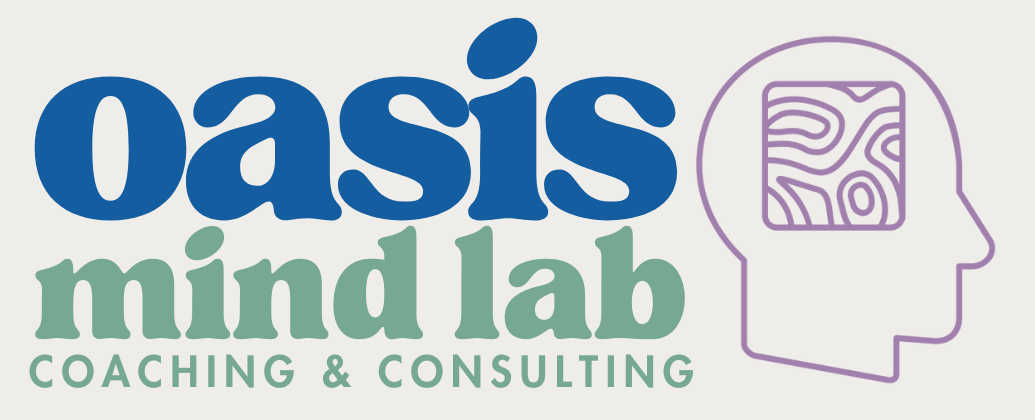Did you know that only 47% of employees consider their workplace psychologically safe? (Ipsos, 2012) Team managers want to see their team flourish and succeed, but how can we apply psychological safety in the workplace?
What is psychological safety? Psychological safety is “a condition in which one feels (a) included, (b) safe to learn, (c) safe to contribute, and (d) safe to challenge the status quo, without fear of being embarrassed, marginalized or punished in some way” (Clark, 2019) Employees that feel psychologically safe can express how they feel without the fear of being judged or punished for having emotions. They can speak proudly about their different perspective and mindsets without being criticized. Psychological safety promotes the basic need for human connection and increases the sense of belonging.
What are some examples of an unsafe environment? It’s an environment where ideas are made fun of, ignored, and used against each other. Employees are afraid to contribute their ideas. Hyper-competition is a sign of a toxic environment too.
“Workplace competition becomes toxic when it transforms from a healthy, fun-loving drive to an obsessive mindset. If one is going to work in the morning developing strategy on how to beat others, and not developing a strategy to grow the company (and oneself), then this is a strong indicator of straying off course.”
-Nathan Lewis
Working in psychologically unsafe environments can significantly damage a person’s self-esteem and mental health.
A recent study by Google shows that teams with psychological safety are less likely to leave, accept their teammates’ different ideas while keeping an open mind, and bring in more revenue for the company. They’re twice as productive according to their bosses. “Project Aristotle,” which explored over 250 team-level variables, found that successful Google teams have five elements in common: psychological safety, dependability, structure, clarity, meaning, and impact of work (Google, 2015).
In safe teams, mistakes are not held against each other or kept as grudges. Employees are able to work through difficult conversations. They can take risks without fearing punishment if the risk does not work out. They can easily ask each other for help. During the discussion, team members do not put each other down but instead offer a supportive lending ear as the other team members express their perspectives. Psychologically safe environments have a foundation of trust and respect where team members know their peers believe in them. Research has proven that psychological safety is correlated to higher levels of well-being.
Managers can foster psychological safety within their team during communication by being present during the conversation, being aware of their non-verbal body language, showing eye contact, and asking questions while interacting with the other employees. They can set a good example to their teammates and show empathy while addressing concerns within the team. They implement a no-blame and no-shame culture and instead focus on finding the solution to the problem as a team.
“Psychological safety at work doesn’t mean everybody is always nice. It means that you embrace the conflict and you speak up, knowing that your team has your back, and you have their backs.”
Harvard Business School Professor Dr. Amy C. Edmondson
Source:
Google (2015). Five Keys to A Successful Google Team. Available online at: https://rework.withgoogle.com/blog/five-keys-to-a-successful-google-team
Clark, T. R. (2019). The 4 Stages of Psychological Safety. Available online at: http://adigaskell.org/2019/11/17/the-4-stages-of-psychological-safety/ (accessed November 17, 2019.
Ipsos (2012). Half (47%) of Global Employees Agree Their Workplace is Psychologically Safe and Healthy: Three in Ten (27%) Say Not. Available online at: https://www.ipsos.com/en-us/half-47-global-employees-agree-their-workplace-psychologically-safe-and-healthy-three-ten-27-say

